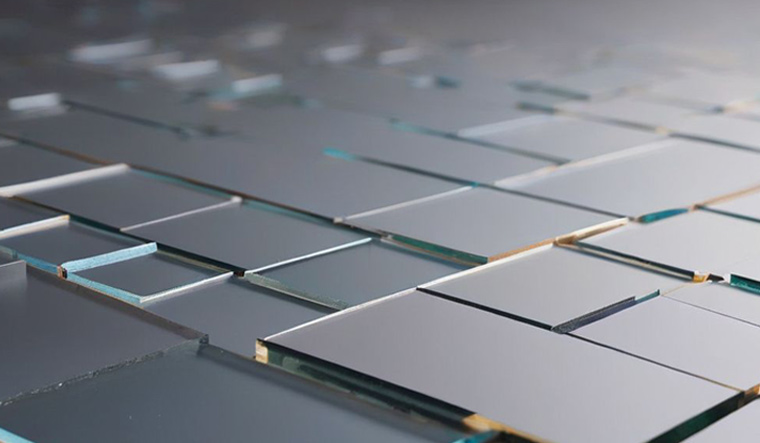Researchers at Linköping University in Sweden have made an incredible breakthrough in creating super-thin materials that are only a few atoms thick! These materials have special properties that make them super cool for things like storing energy, cleaning water, and even making new fuels.
In a study published in the journal Science, Professor Johanna Rosén and her team talked about how these super-thin materials, also known as 2D materials, are really thin but have a huge surface area compared to their size. This makes them really special because they can do all sorts of amazing things, like conducting electricity, being super strong, and even resisting heat. This makes them really useful for both science experiments and real-life stuff!
Professor Rosén explained, "In a film that's only a millimetre thin, there can be millions of layers of the material. Between the layers, there can be a lot of chemical reactions, and thanks to this, 2D materials can be used for energy storage or for generating fuels, for example."
The researchers also found out about a big family of 2D materials called MXenes. These are made from a three-dimensional material called a MAX phase, which has three different elements in it: a transition metal, an element called A, and carbon or nitrogen. By using a special process called exfoliation, they were able to make these into super-thin 2D materials. It's like turning a big cake into lots of tiny, thin slices!
But the really exciting part is that the researchers didn't stop there. They used a super-smart method to predict other 3D materials that could also be turned into 2D materials. They found 119 possible materials and then tested them in the lab to see which ones worked best.
One of the researchers, Jie Zhou, said, "Out of 119 possible materials, we studied which ones had the chemical stability required and which materials were the best candidates. First, we had to synthesize the 3D material, which was a challenge in itself. Finally, we had a high-quality sample where we could exfoliate and etch away a specific atom layers using hydrofluoric acid."
After lots of hard work, they succeeded in making a new 2D material called Ru2SixOy. They even used a super powerful microscope called Arwen to check if the new material was made of the right atoms, and it was a perfect match!
The researchers' discovery means that there could be many more amazing 2D materials out there waiting to be made. These could help us do all sorts of cool things in the future, like capturing carbon dioxide or cleaning up dirty water. Professor Rosén believes that the possibilities are endless!
"In general, 2D materials have shown great potential for an enormous number of applications. You can imagine capturing carbon dioxide or purifying water, for example. Now it's about scaling up the synthesis and doing it in a sustainable way," said Johanna Rosén.


